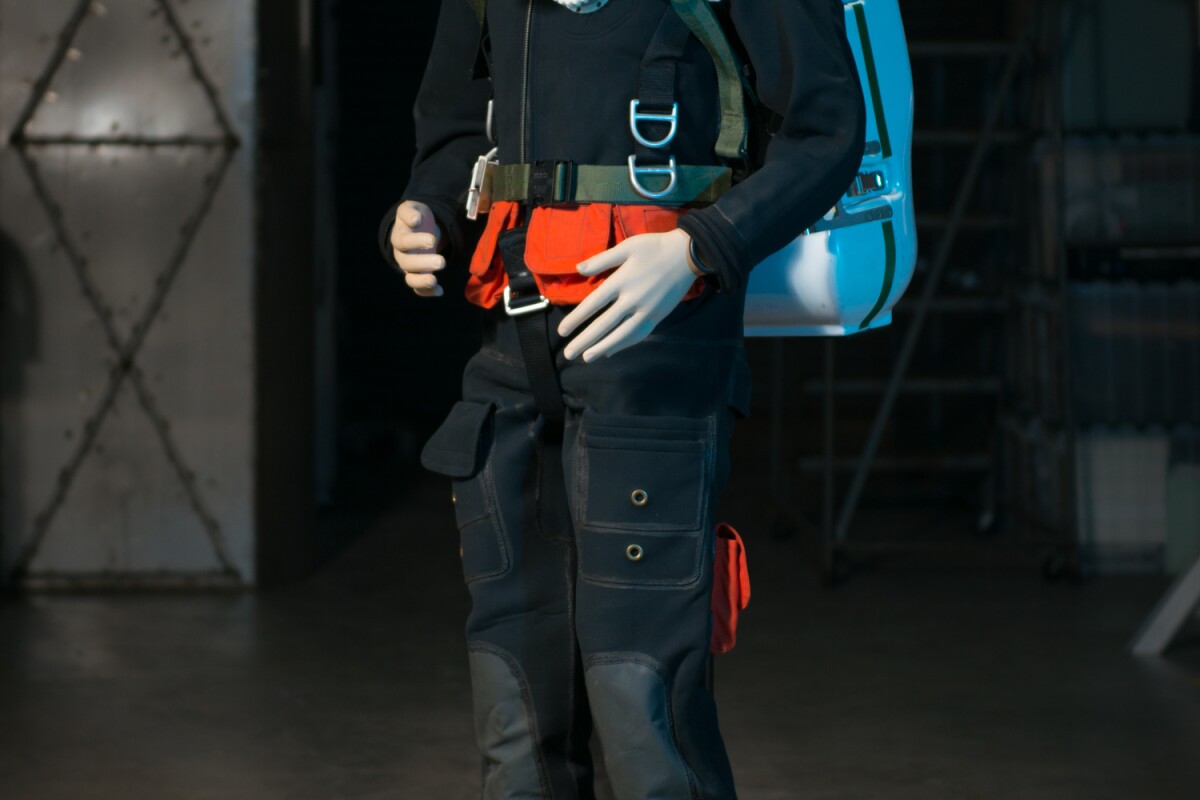Deep sea diving is more than just slapping on an air tank and jumping in the water. It's a complex operation where the diver is the sharp end of a long, complex logistical train. It's also incredibly wasteful when it comes to the helium/oxygen gas mixture that the divers breathe, so US Navy scientists at the Naval Surface Warfare Center Panama City have developed a new prototype deep-diving system that goes easy on the helium.
Most people are familiar with scuba diving, which involves breathing pressurized air fed through a demand regulator valve. Over the past 70 years, it's created a whole new sport and revolutionized underwater work, but the system is only practical at depths of less than 100 feet (30 m). Any deeper than that, and the nitrogen in the air starts to become a real problem.
The nitrogen dissolved in the blood for any depth below 33 ft (10 m) needs time to un-dissolve slowly or it forms bubbles that cause the painful and potentially fatal condition of the bends. The deeper you go, the longer is needed to decompress. At extreme depth, nitrogen can also cause nitrogen narcosis, where the diver becomes drunk on the gas. All this means that you don't go very deep on oxygen/nitrogen.
One way to handle this problem is to remove the nitrogen, but breathing pure oxygen under high pressure is worse because it becomes toxic. To make sure that the diver gets just the right amount of oxygen under the right pressure, it needs to be mixed with some other inert gas. Generally, this is a mixture of oxygen and helium or some variant, depending on how deep the diver has to go.

This works, but it has some drawbacks of its own. For one thing, the acoustic properties of helium makes the diver sound like Donald Duck, which makes communications difficult. Also, helium carries off heat at an alarming rate, to the point where helium divers must use a special hot water system to stay warm. A scuba diver making a quick visit to a helium diver at depth will be warm enough in a wetsuit, but the helium diver would die of hypothermia if their hot water supply was cut off.
But the biggest problem is that helium/oxygen diving requires huge amounts of helium. Currently, the US Navy uses the Fly-Away Mixed Gas System (FMGS), which pumps the breathing gas from a surface support ship by way of an umbilical to the diver's helmet, but the diver's exhalations are vented straight to the sea.
The Navy says that this arrangement is not only wasteful of a valuable resource, but the large amounts of helium needed makes deployment of divers slow because of the logistics involved. Moving the divers is easy; moving their supplies of gas is difficult and has an annoying knock-on effect on transportation, support vessel size, and deck space.
Part of the Navy's Initial Response Diving (IRD) project, the new prototype is designed to recycle part of the exhaled helium. The details of how this is done have yet to be released, though it seems to be some sort of rebreather system to remove carbon dioxide from the mix.
The Navy says that it's a major step in helping it reach its goal of being able to deploy a military dive team capable of operating below 600 ft (183 m) within 36 hours. This speed is particularly important because of the need for such divers in rescue operations involving submarines, capsized ships, and subsurface structures.
"The new system modifies the current helmet and rebreather. Prototype analysis and testing have shown that drastic reduction in helium consumption is possible," says principal investigator John Camperman. "Testing of the new prototype system indicates that the full range of FMGS diving is supportable within Navy life support requirements, and that several life support characteristics are improved, including extended emergency come-home gas duration."
Source: US Navy






